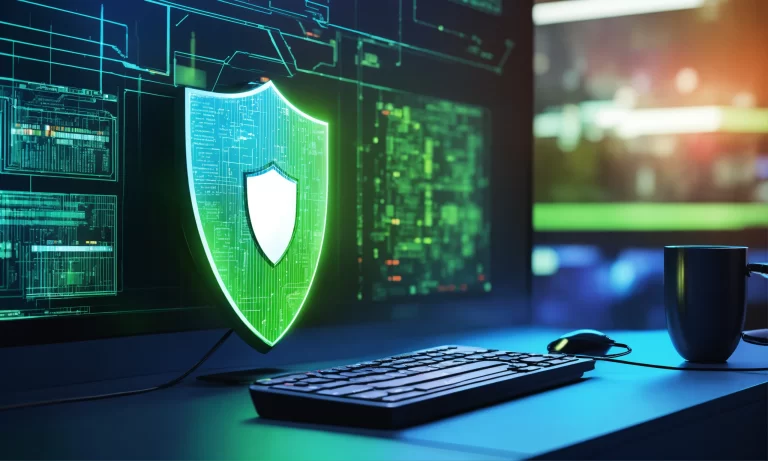What are various technologies associated with all of these?
The terms Information Security, Computer Security, Network Security, and IT Security are interrelated and often used interchangeably, but they do have some nuanced differences. Here’s an explanation of how these terms are related and the technologies associated with each:
- Information Security: Information Security refers to the protection of information assets, regardless of the medium or form they take. It involves safeguarding the confidentiality, integrity, and availability of information. Technologies associated with information security include:
- Access Controls: Implementing mechanisms to control and restrict access to information based on user privileges.
- Encryption: Protecting data by converting it into an unreadable format using cryptographic algorithms.
- Data Loss Prevention (DLP): Technologies and strategies aimed at preventing unauthorized disclosure or leakage of sensitive data.
- Security Policies and Procedures: Establishing guidelines and practices to ensure the proper handling and protection of information.
- Computer Security: Computer Security focuses on protecting individual computer systems, including the hardware, software, and data stored on those systems. Technologies associated with computer security include:
- Antivirus Software: Protecting against and detecting malware infections on individual computers.
- Firewalls: Implementing barriers to control incoming and outgoing network traffic and protect against unauthorized access.
- Patch Management: Ensuring that operating systems and software are up to date with the latest security patches to address vulnerabilities.
- Intrusion Detection Systems (IDS) and Intrusion Prevention Systems (IPS): Monitoring computer systems for suspicious activity and taking actions to prevent attacks.
- Network Security: Network Security focuses on safeguarding computer networks and their infrastructure from unauthorized access, attacks, and data breaches. Technologies associated with network security include:
- Firewalls: Filtering and controlling network traffic to protect against unauthorized access and malicious activities.
- Virtual Private Networks (VPNs): Creating secure, encrypted connections over public networks to ensure secure data transmission.
- Network Intrusion Detection and Prevention Systems (IDS/IPS): Monitoring network traffic for suspicious behaviour or intrusion attempts.
- Network Segmentation: Dividing networks into separate segments to control and isolate access between different areas.
- IT Security: IT Security is a broader term that encompasses the security of information technology infrastructure, including computer systems, networks, and associated processes. It incorporates elements of information security, computer security, and network security. Technologies associated with IT security include those mentioned above, along with:
- Security Information and Event Management (SIEM) Systems: Collecting and analyzing security events and logs from various systems to identify potential threats.
- Authentication and Access Control Systems: Managing user authentication and authorization through mechanisms such as passwords, biometrics, and access control lists.
- Security Assessment and Penetration Testing: Conducting assessments and simulations to identify vulnerabilities and test the effectiveness of security measures.
While there are overlaps and similarities among these terms and the technologies associated with them, they often have distinct focuses and scopes. It’s important to understand the context and specific requirements when discussing these terms and selecting appropriate security measures for an organization’s needs.
The various technologies associated with information security, computer security, network security, and IT security include:
- Firewalls: Firewalls are used to protect computer networks from unauthorized access.
- Antivirus software:Antivirus software is used to protect computer systems from malware, viruses, and other attacks.
- Intrusion detection systems:Intrusion detection systems (IDS) are used to monitor computer networks for signs of attack.
- Intrusion prevention systems:Intrusion prevention systems (IPS) are used to block attacks that are detected by IDS.
- Data encryption:Data encryption is used to protect data from unauthorized access.
- Identity and access management (IAM):IAM is used to manage user access to computer systems and networks.
- Security awareness training:Security awareness training is used to educate employees about security best practices.
These are just a few of the many technologies that are used to protect information, computer systems, networks, and IT infrastructure. As the threat landscape continues to evolve, new technologies will be developed to meet the challenges of cyber security.




